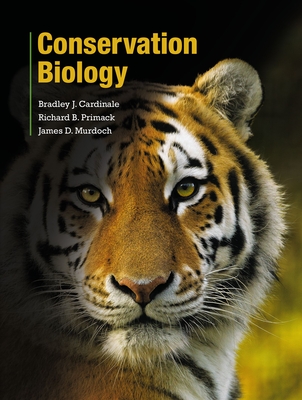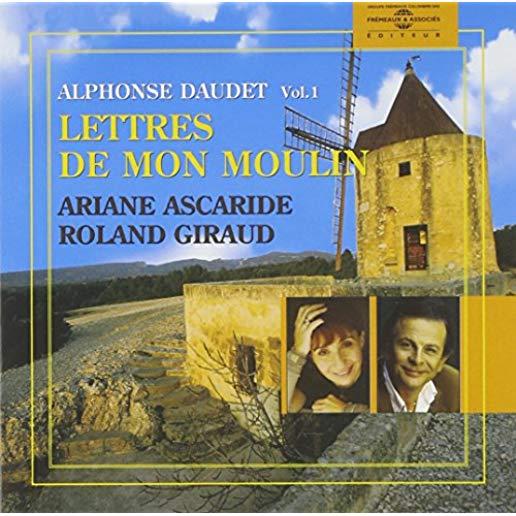
Frey, Valerie J.
product information
description
ry important. Vital to the health of our coast, this keystone species helps filter coastal waters and protects shorelines from undue erosion. In addition, oysters are a source for both food and physical shelter for a wide array of other animals as well as some plants. This book began with a federal grant to create a living shoreline, a manmade slope carefully engineered to provide optimal living conditions for oysters and that will function as a seamless part of the natural environment. Such living shorelines allow oysters to thrive while they also help protect the land from some of the problems that are increasing because of climate change. Why add a children's book to an ecological building project? Learning about oysters and their role in the environment will help our young people grow into adults who are good stewards of our planet. Understanding life cycles and the interconnections between species, no matter how small, are crucial to that outcome, and oysters are a fascinating and compelling way to explore those concepts. INCLUDES: Full-page color illustrations throughout
Inset illustrations highlighting associated species, life-cycle stages, ecological insights, and human uses of oysters
Amazing oyster facts
Ways to help support oysters
Further reading
Inset illustrations highlighting associated species, life-cycle stages, ecological insights, and human uses of oysters
Amazing oyster facts
Ways to help support oysters
Further reading
member goods
No member items were found under this heading.
Return Policy
All sales are final
Shipping
No special shipping considerations available.
Shipping fees determined at checkout.







